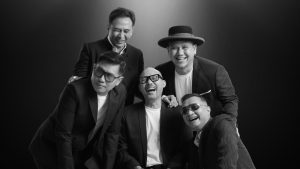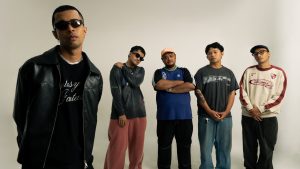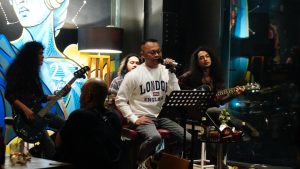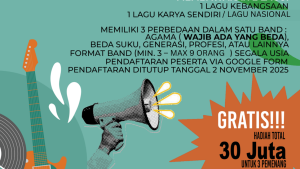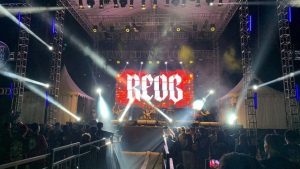Imitation can be the sincerest form of flattery, as was demonstrated by two exciting concerts on consecutive nights at Carnegie Hall this weekend.
On Friday, the National Youth Orchestra of the United States of America, an ambitious educational venture founded in 2013 by Carnegie Hall’s Weill Music Institute, presented its annual program, conducted by Marin Alsop. This year, 115 exceptional musicians ages 16 to 19 were brought together for two weeks of extensive training in preparation for the Carnegie concert and a Latin American tour.
On Saturday night, Carnegie Hall presented the debut of the National Youth Orchestra of China, a training ensemble closely patterned on the American ensemble. The conductor Ludovic Morlot led a program that included a Chinese superstar soloist, the pianist Yuja Wang, in Tchaikovsky’s First Piano Concerto.
The Chinese orchestra, like the American one that inspired it, also selects young players for a period of intensive training. The orchestra is about to begin a three-city tour of China. If Saturday’s performance was a test run for this new venture, these Chinese musicians scored big. (Both programs were broadcast live and are now archived for viewing on medici.tv.)
Friday’s concert opened with a crackling performance of John Adams’s “Short Ride in a Fast Machine,” a jampacked, breathless four-minute piece. Then Ms. Alsop led the premiere of Gabriela Lena Frank’s “Apu: Tone Poem for Orchestra,” a Carnegie commission. Ms. Frank drew on folklore of Andean Peru for this inventive 18-minute work, about Apu, a mischievous spirit who inhabits the rivers and mountains. It begins with a slippery tune, woodwinds dominant, as tart chords punch out accents and off beats. The music gives way to a solemn prayer to the spirit, with searching string lines and dense, halting harmonies. During a final episode the music becomes like a dance for Apu, all swirling arpeggios, fractured rhythms and myriad shadings.
After intermission Ms. Alsop and her players turned to Mahler’s Symphony No. 1 in D. At times during the subdued, suspenseful opening there were some shaky entrances. Once the bucolic main theme emerged, the performance settled in beautifully. These eager young players were at their impetuous best during the frenetic episodes of the last movement. And the orchestra exulted in the triumphant, brassy coda.
The Chinese orchestra opened Saturday’s program with an urgent performance of the Chinese-American composer Zhou Long’s earthy, kinetic “The Rhyme of Taigu” (2003). In the Tchaikovsky concerto Ms. Wang gave the kind of commandingly virtuosic and brilliantly colorful performance we have come to expect from her, to the delight of delirious fans in the hall. I thought that in playing two solo encores, including Vladimir Horowitz’s shamelessly showy fantasy on “Carmen,” which has become a Wang specialty, she took some attention away from the orchestra on its big night, though beaming players onstage joined the ovations.

To conclude, Mr. Morlot drew a vibrant account of Dvorak’s “New World” Symphony from the well-prepared players, with full-bodied string tone, folkloric charm and lots of brio. It was great to see young musicians from the American orchestra in the hall cheering on their Chinese compatriots.




